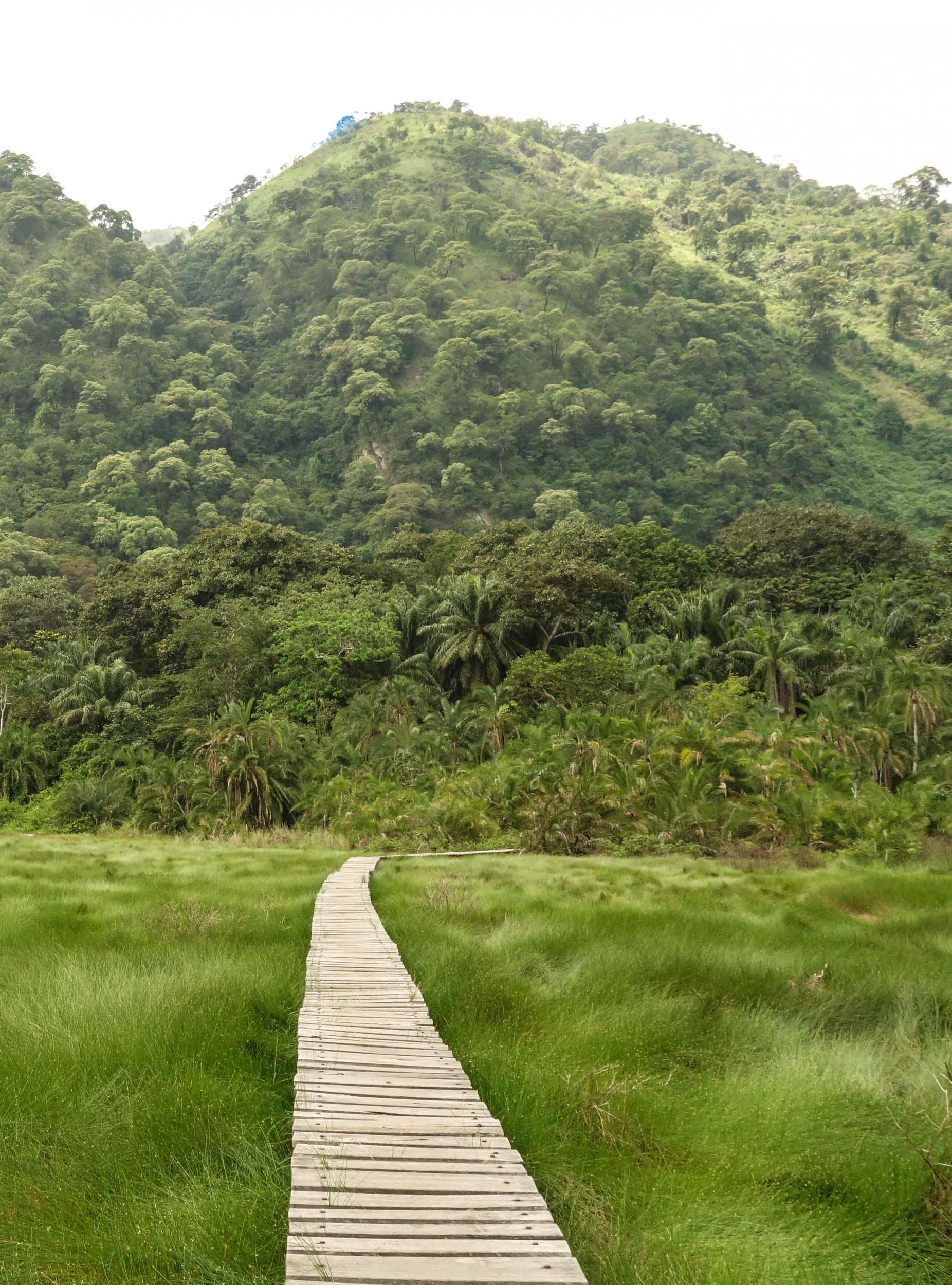Until people can eat, wildlife will decline
On Africa Environment Day and World Wildlife Day today, Max Gomera warns of the real challenge facing conservationists

In Mirera village in Kenya, farmers are threatening to kill scores of wild animals that have been invading their farms, unless authorities contain them within two weeks. In Laikipia county, there are fears of food shortage following destruction of crops by elephants and increasing concern over wildlife-related deaths.
These are not isolated incidents. Across the world, a slow creep of smallholder and mega-farms is taking place, with agriculture moving into lands that were formerly wildlife range. As more humans encroach on wildlife sanctuaries, deaths on both sides are increasing, with wildlife locked in a battle it cannot win. While AK47 laden poachers are often framed as the chief threat to the wildlife of the world, a far more mundane risk needs to be addressed: the troubled co-existence of farmers and wildlife.
Addressing this crisis must start by building a new truce between rural communities, governments and the global conservation movement. The benefits and the risks of protecting wildlife should be shared by all three, rather than putting the full burden and few of the benefits on local people. That way, nature is seen as having a value to farmers’ co-existence with wildlife, rather than a threat to their crops and livestock.
A key opportunity to launch that truce is the upcoming Conference of the Parties to the Convention on International Trade in Endangered Species (CITES) in Sri Lanka this May. It will bring together 182-member countries to regulate trade in more than 35,000 species and could move conservation strategy in a productive new direction.
But if current debates are anything to go by, CITES might instead maintain the status quo and reinforce a strategy of fortress conservation that promotes the total separation of wildlife habitats and people. This stale and counterproductive approach inevitably places the onus on poor communities to look after wildlife, without benefit, and regardless of the dangers. It should be seen for what it is: dead on arrival. Yet, many conservationists, often experts in the mostly wildlife-free northern countries, continue to justify it on the grounds of securing global public interest.
There is no doubt that rapid declines in wildlife populations demand more effective protective measures—for local communities as well as wildlife. As farmlands expand across wildlife habitats on every populated continent, human-wildlife conflicts are on the rise. While both sides bear losses, it is clear that wild animals are ultimately the designated losers as the cycle of raiding and retaliation gathers pace.
Kenya and India offer typical examples. Between 2010 and 2015, Kenya lost 1,600 animals to human-wildlife conflict and 465 to poaching; while in India, over 100 people are killed by elephants each year. And, in countries where communities are at risk of raids and danger from wildlife, poachers will join this supply chain to exterminate wildlife.
Factoring the realities of rural populations into conservation efforts is especially important in Africa, where poverty drives the conversion of wildlife habitat to farmland. Although numerous State protected areas existfor Africa’s wildlife, the majority of wildlife space is outside of these protected areas. Take the example of Botswana, where about 76 percent of the range of elephants lies outside of State Protected Areas. It is in these rural areas that the majority of Africa’s poorest people live. As many as 63 percent of people in sub-Saharan Africa live in rural areas. They carry the costs of living with wildlife, but rarely benefit from the opportunities.
To reconcile these tensions, rural communities that live alongside wildlife must derive net and tangible benefits from the presence of this on their doorstep. Years of experience show that when people benefit from wildlife, their tolerance to the inevitable incidences of human-wildlife conflict increases—and the entire global community benefits.
One option that brings local benefits is the community tourism model, and many private companies are entering into mutually beneficial deals with communities, helping people to move out of poverty. In addition, some communities could make better use of old tools that reduce risks from animal raiding of crops, while contributing to food security. An example is the Mobile Boma established by the scientist Allan Savory in Northern Zimbabwe. This stockade made of canvas keeps livestock safe and away from eyes of predators like lions and hyaenas at night, while the dung from cattle fertilises crop fields in which Bomas are set.
Modern technology could play a large and important role in preventing human-wildlife conflict, with drones or satellite collars being used to monitor the locations of elephants, lions and other large animals and send warnings by mobile phones when animals approach.
Governments and rural communities in Africa are waiting with trepidation to see where CITES discussions lead – to a future of walls that separate impoverished communities from the natural resources they depend on, or an era that leads to farmer forgiveness. As we reimagine the future of conservation, any strategy that has the potential to succeed must bridge the gap between people and the wildlife that share their land. When the first order objective acknowledges reducing real and perceived risks of wild animals, while simultaneously securing the livelihoods of farmers with whom the land is shared, we can walk into a new chapter of truly sustainable conservation for all life.
—————————————————————————————————-
Maxwell Gomera is a Director of the Biodiversity and Ecosystem Services Branch at UN Environment and a 2018 Fellow of Aspen New Voices. He is an expert on public investments in agriculture and nature. Twitter: @GomeraM
Join our commenting forum
Join thought-provoking conversations, follow other Independent readers and see their replies
Comments
Bookmark popover
Removed from bookmarks